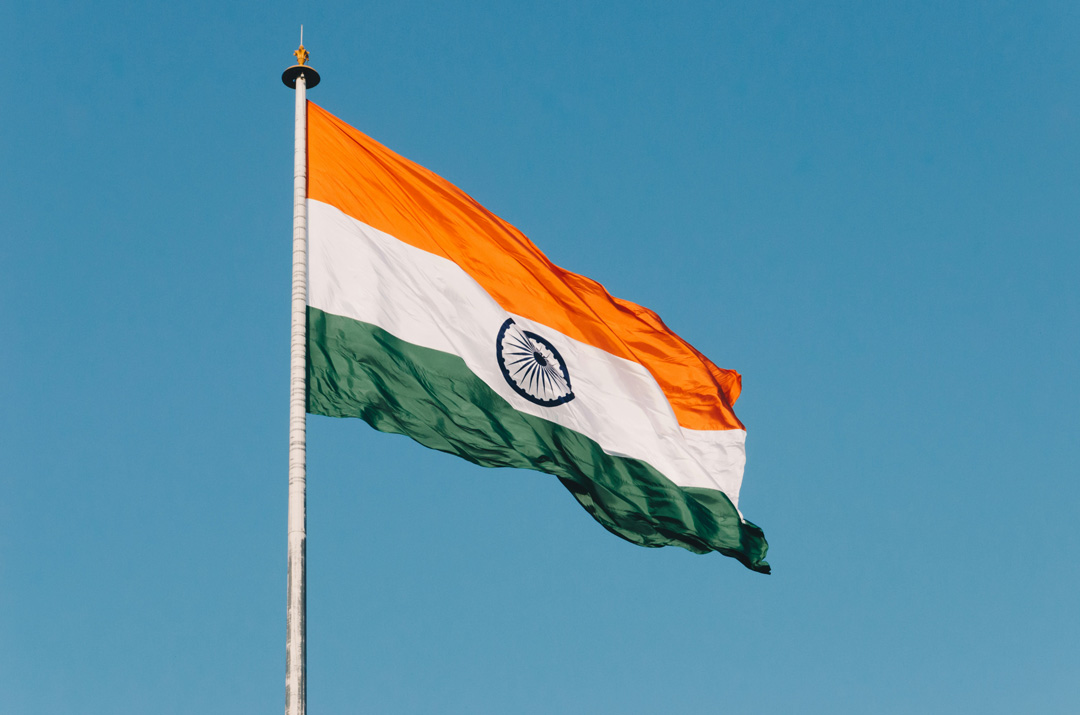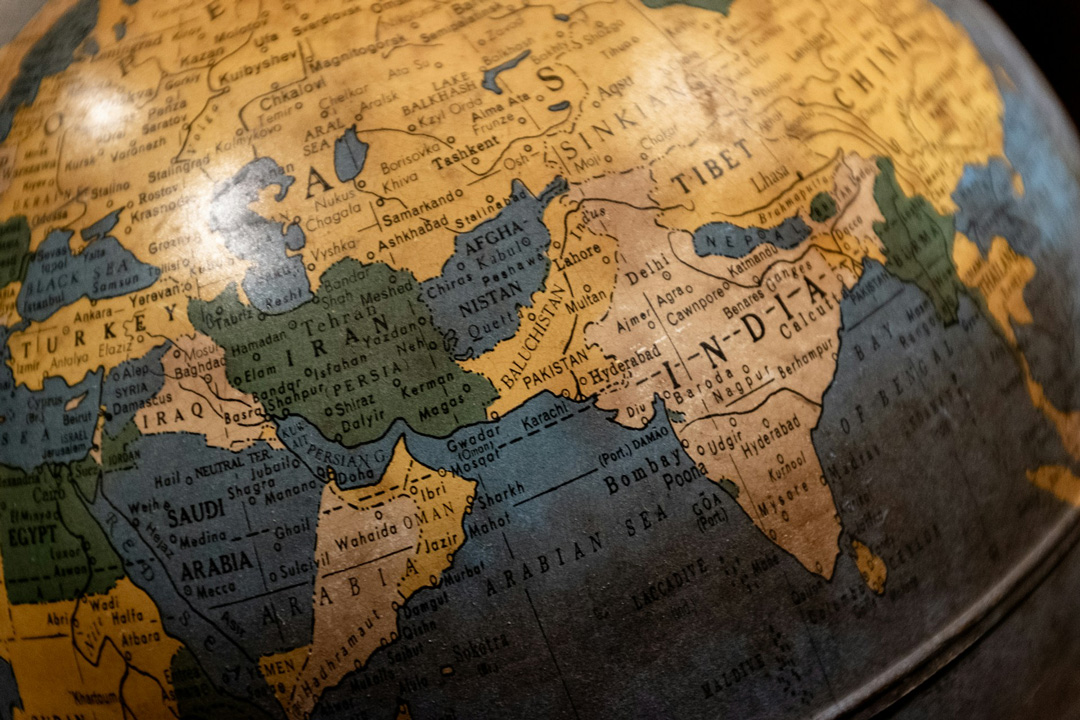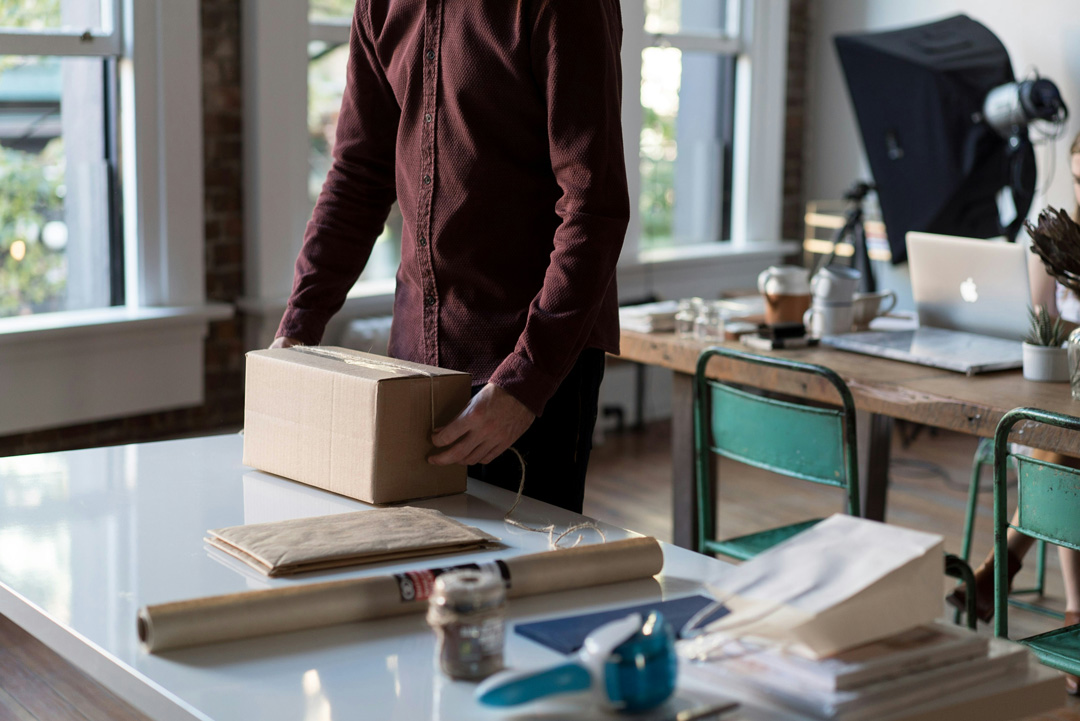Pura Vida is a multi million dollar brand that supports a large community of artisans worldwide. With over 1.2 million followers on Instagram and over 1.5 million on Facebook, the brand is continuing to attract a loyal following and grow beyond expectations.
About 7 years ago, there were two guys, on one beach, with a brilliant idea. Griffin Thall and Paul Goodman, founders of Pura Vida, didn’t invent a new product or design something out of thin air. Instead while they were traveling, they met two local boys in Costa Rica making bracelets. They recognized their talented craftsmanship and believed others would too.
Griffin and Paul entered an overcrowded product category: jewelry. Yet they still brought something new to the table. They introduced a lifestyle brand that millions of women and young girls would want to be a part of.
But over time, as the brand grew in popularity and product demands soared, the business faced a major dilemma. The business would have to reconsider their acquisition of product model in order to facilitate growth. Would changes in production be detrimental to buyer brand perception? If the bracelets weren’t made by artisans in Costa Rica, how would buyers react?
When the founders decided to start Pura Vida, they knew one thing: their goal was to support the artisan community with their business, wherever those artisans may be, by spreading the pura vida spirit. This is not a story about downfall. This is a story about how a brand sticks to its purpose in the face of fast growth and reaps the benefits (and profits) as a result.
From One Wrist to Millions
When the surf trip to Costa Rica came to an end, Griffin Thall and Paul Goodman took a few hundred bracelets back to a San Diego boutique where they sold out in just a few days. That’s where Pura Vida was born. The brand name came to life based on a popular Spanish slogan the founders had learned back in Costa Rica, meaning “pure life.” The philosophy encouraged the appreciation of life’s simple treasures. The beautiful, intricate bracelet became a symbol of this philosophy, quickly turning the brand into a wholesome lifestyle that attracts millions of girls and women. By buying the bracelet, shoppers are showing their support and love for the Pura Vida lifestyle. As the brand spread, the audience grew and product demands skyrocketed. The only way Pura Vida could appease their growing audience was to increase production. For a simple product like bracelets, finding a large scale manufacturer shouldn’t be super hard. But for Pura Vida, this was the biggest problem the brand faced.
When it Comes Down to Two Options
The problem was that the brand was rooted in its mission to support and benefit artisans in Costa Rica. Women’s jewelry is a highly saturated product category, but Pura Vida is able to differentiate itself because it supports more than one hundred artisans in Costa Rica with full time jobs, while donating over $1 million to charity partners.
In order to increase production, the company had to decide between two different roads for the future of the brand:
- Maintain artisanal production in Costa Rica and risk long-term capability of meeting buyer demands.
- Switch to manufacturing, most likely in other countries, and risk the unpredictability of buyer perception of the brand.
When you start selling a custom product, obviously the best case scenario is that your market of buyers expands, making your brand more popular and the overall business more profitable. When your business involves selling a private label brand, you must ensure your manufacturing capacity can meet your customer’s demands.
Marrying your brand with a manufacturing process is challenging, especially when the customers are affected by the end product. Do you choose the artisan model or mass production model? The model you choose often dictates whether your product successfully translates into an authentic brand.
To meet the scaling demands of buyers, businesses have to engage in manufacturing on a large scale. But in doing so, the dynamic of “handmade” rooted in the artisan production model is lost.
Or is it?
How Pura Vida Made a Third Option
Pura Vida didn’t let itself be restricted by just two pathways. They believed in their brand and the amazing impact it was making on the artisanal community in Costa Rica. The company saw that it could manage its growth while still maintaining the genuity of the brand concept. In January 2018, Pura Vida decided to expand the artisanal community on a worldwide scope. Not only could it benefit artisans in Costa Rica but also in countries like El Salvador, India, and many more. Essentially, the brand combined the artisan and mass production models of product acquisition and realized countless benefits to the company and a handful of stakeholders:
- By aiding brand expansion, the company has generated millions in profit and is able to give $1.4 million to 174 partner charities.
- Products made, assembled, and distributed in other countries around the world benefit over 200 artisans and workers in countries other than just Costa Rica. Now the brand supports a larger artisan community. Today, these communities depend on steady income in positive working environments.
- The brand is reaching a huge market of shoppers and satisfying their demands in a timely and consistent manner while continuing to spread the pura vida spirit.
- The facilitation of company growth has enabled the company to extend its product line of towels, bikinis, clothing, and other accessories to further promote brand awareness.
Let Growth Be Your Opportunity, Not Your Downfall
People are excited about the Pura Vida brand and what it stands for– living life to the fullest. If you too have a growing audience around your custom product, don’t be scared to scale up production. See buyer demands as an opportunity to reach more people with your unique brand concept. Good management and careful consideration about the direction moving forward will help you maintain authenticity in your brand while facilitating the momentum of growth. Pura Vida was able to marry the artisanship model and large scale manufacturing model in order to stay true to its origin in the midst of change and expansion.
Here are three tips to consider before leaping to large scale manufacturing:
- At the end of the day, it’s all about your customers. Without your customers, your product just exists; your brand makes no impact. So, list the advantages and disadvantages to all the stakeholders in your business if you choose to expand your production and manufacturing processes, especially to your customers. For Pura Vida, the benefits were huge and affected all of their stakeholders: workers and artisans, customers, partner charities, and the business itself.
- Be confident this won’t change your brand realness. Determine the nitty gritty details of your business. What’s most important to your audience? Do they value your product and what it stands for or are they inspired by the crafting process?
- Be prepared for a chain reaction. Expansion can lead to changes in your website, social media, advertising, marketing, packaging material, etc. All of these aspects of your business affect your buyers. You’ll need to be proactive so there’s no confusion around your brand.
Pura Vida prides itself in valuing its customers and connects with them via a variety of different mechanisms on their website. In addition to a VIP mailing list, there is also a Pura Vida Monthly Club where shoppers can subscribe to the brand and get 3 bracelets per month shipped to them at a 30% discounted price. The site is also extremely interactive, allowing customers to submit product ideas or take personality “quizzes” to find out which product matches them the best.
Pura Vida even took their emphasis on craftsmanship a step further. The website allows customers to play a role in the artisanship process by customizing bracelets online for large special event orders. The company works hard to ensure that despite some product manufacturing changes, the brand experience for customers remains intimate and enjoyable.
Purpose and Profit
This is a story about how one great brand managed a brilliant balance of purpose and profit. Pura Vida stuck to their roots and stayed true to their business goals while becoming a multi million dollar brand. They put equal emphasis on their goal and their margins. Ultimately, in order to remain a stable business for the long-term, you have to focus on your margins. With the ability today to source custom products abroad, you can increase margins simply by considering a new manufacturer.
The Takeaway
Griffin and Paul turned an epic idea into a cool brand concept that resonates with so many people worldwide. When push came to shove, they didn’t let a production capacity problem get in the way of their brand growth. Instead they came up with their own plan and managed a balance of purpose and profit.
If you have an epic brand that people love, don’t let roadblocks keep you from moving forward with your brand growth. Especially when it comes to manufacturing, the options are endless if you look to have your custom product made overseas. It’s possible to generate high profit and stick to your business mission at the same time. Pura Vida did it. Find the balance!




